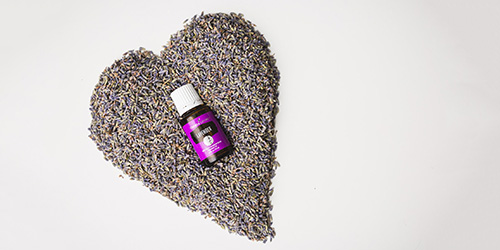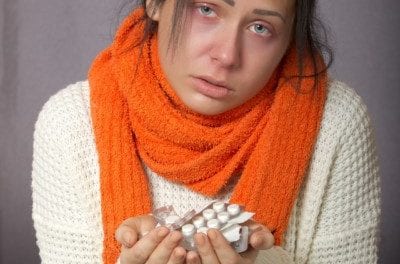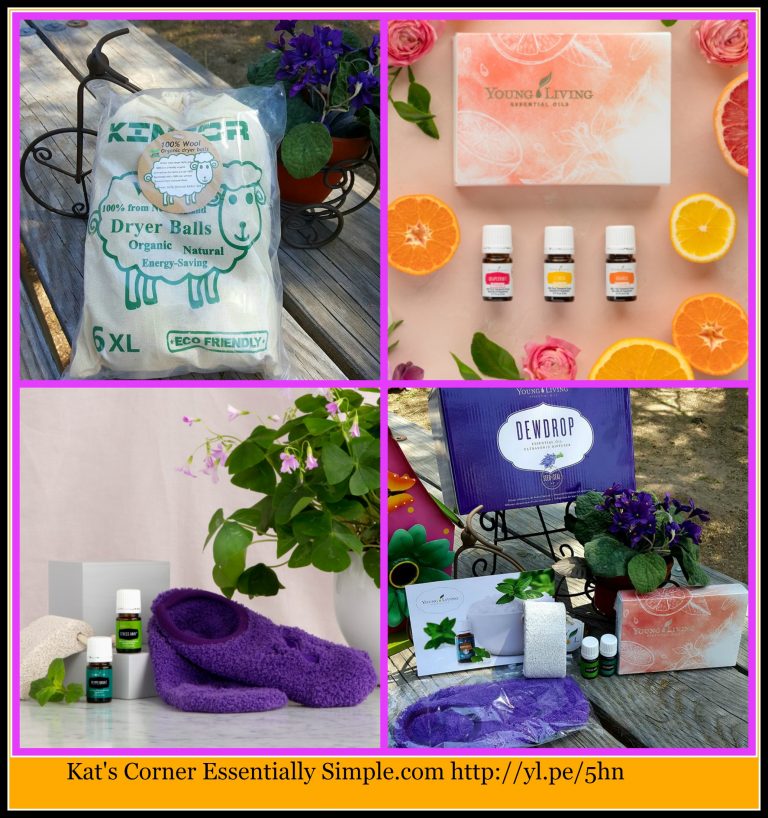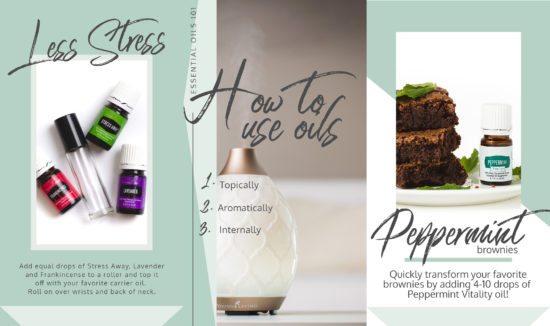This is a great article from Stephanie Moran “GOOD GIRL GONE GREEN”.
Not only can you see whats in your store bought cleaners but heres a great DIY recipe to try!http://katscorneressentiallysimple.com
Cleaning spills and stuck-on messes on glass stove tops from water boiling over or spilling tomato sauce everywhere calls for a super-duper cleaner, right? In the past, I reached for some white store-bought cream paste in a bottle and squeezed it all over my stove top. Since revamping my cleaning products for non-toxic DIY versions, I decided to use 3 simple ingredients to clean up the mess. But have you ever wondered what is actually in your store-bought stove top cleaner?
What’s in Your Store-Bought Stove Top Cleaner?
Here is an ingredient list of one leading brands ceramic stove top cleaner:
- Water – no concern
- 4,4′-methylenediphenyl diisocyanate – The commercial form of 4,4′-methylenediphenyl diisocyanate (MDI) is used to produce polyurethane foams. Acute (short-term) inhalation of high concentrations of MDI may cause sensitization and asthma in humans. In my opinion I would say there is a reason to be concerned with this ingredient.
-
- ALUMINA also know as Aluminum Oxide – It is added to cleaning products to thicken the formula and in some cases for its potential abrasive properties that can loosen tough soils. Evidence of respiratory effects; skin irritation/allergies/damage. The EWG rates this ingredient a D; Therefore, it is of concern.
- PARETH 7 – Made from a synthetic mixture of Polyethylene glycol and Fatty alcohols. The higher the number, the thicker it is. Used to keep product from separating into its oil and water components. According to the EWG it is rated as C. Therefore, there is some raise for concern.
- Polydimethylsiloxan (modifiziert) – It is used to repel water and polish surfaces. The EWG rates this a C.
- XANTHAN GUM – This plant-based thickener increases product viscosity, which means that the cleaner will cling to stains. Not especially harmful but probably from a GMO source.
- CITRIC ACID – Ever wonder why hard water doesn’t lather well? It’s the minerals! Citric acid is a plant-based ingredient which reduces minerals to soften hard water and help natural cleaning ingredients work harder. Not harmful but probably made from corn, which is a known GMO crop.
- METHYLISOTHIAZOLINONE – It is a widely-used preservative; has been associated with allergic reactions. Lab studies on the brain cells of mammals also suggest that methylisothiazolinone may be neurotoxic. The Environmental Working group rates this a D; Therefore, the ingredient is of concern.
- BENZISOTHIAZOLINONE – It acts as a Preservative; and is antimicrobial. Concerns include irritation (skin, eyes, or lungs),and organ system toxicity (non-reproductive). The EWG rates this chemical a C; Therefore, this ingredient is of some concern.
- COLORANT – Come companies add colorants (dyes) to their products. They are not required to disclose the origin of said color used. Is it natural? synthetic? For certain products, the Environmental Working Group (EWG) is unable to state the level of concern because the origin is unknown. The dangers could vary from general systemic/organ effects, damage to DNA, cancer to chronic aquatic toxicity or some concern of acute aquatic toxicity, skin irritation/allergies/damage. So there is just no way of knowing how harmful/less colorants actually are.
Some of the ingredients listed above might not be hazardous to our health in such small quantities. However, it seems unnecessary to be cleaning with these chemicals when you can use non-toxic alternatives. Many say that the exposure is minimal, so we shouldn’t be concerned. Perhaps. It is the accumulation of exposure to the various cleaning products that poses more of a risk in my opinion. If all cleaning products contain a colorant from a synthetic source, and you are using 4-5 different products on a regular basis, you are being exposed to 5x the amount of chemicals. Think about it.
Clean with a DIY Non-Toxic Glass Stove Top Cleaner
Non-Toxic Glass Stove Top CleanerIngredients
- 1/4 – 1/2 cup baking soda (where to buy)
- 1/4 cup vinegar (where to buy)
- 2-4 drops of Lemon essential oil (where to buy)
- Small spray bottle
- Cloth
Method
- Take a small glass spray bottle and fill with vinegar and Lemon essential oil.
- Take the baking soda and sprinkle over the glass surface that is dirty.
- Spray the Lemon essential oil and vinegar mixture where the baking soda was sprinkled. (It will fizz).
- Let it sit for 5-10 minutes as it will become pasty.
- Wipe (scrub) up the baking soda and vinegar and Lemon essential oil (where to buy) mixture.
Notes and Tips
Depending on the stain on the stove top, you may need to give it a scrub good scrub.
If you do not use all the vinegar and Lemon essential oil, it can easily be used as a room freshening spray.
– See more at: file:///C:/Users/Kathryn/Pictures/2014/DIY%20Non-Toxic%20Glass%20Stove%20Top%20Cleaner.htm#sthash.PsTeaKLw.dpuf












